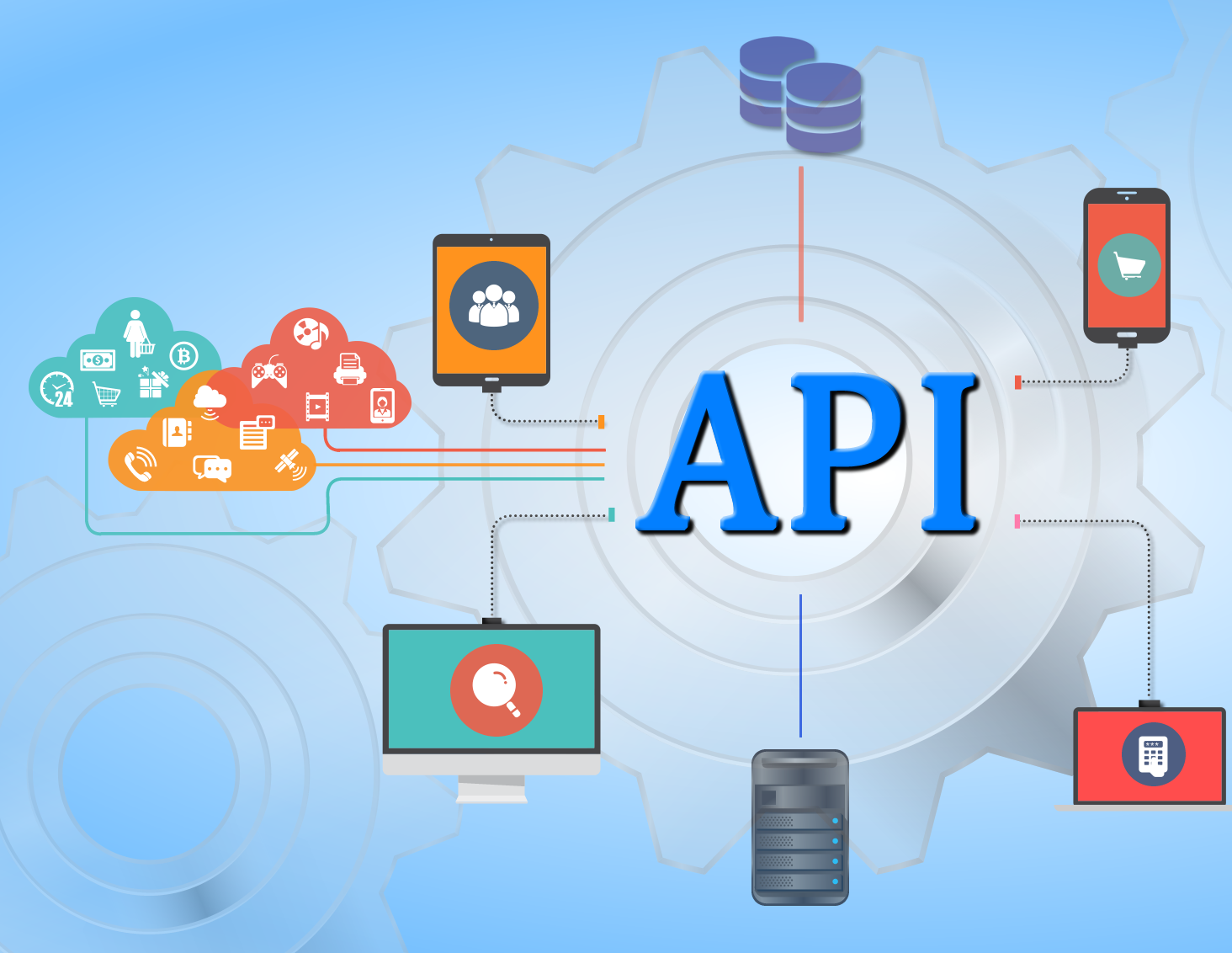
Are you trying to use REST to help make an interesting app for your users? Scroll down to find the best practices in this quick guide!
What is Rest?
REST (Representational State Transfer) was founded by Roy Fielding and is used to communicate between computer systems. What makes it different than other platforms is that it uses HTTP requests to DELETE, CALL, POST, PUT data.
REST technology is preferred over Simple Object Access Protocol because it uses less bandwidth, making it useful for internet usage. It is often debated which is better; but first and foremost, you must know the main differences between SOAP and REST. With the increasing popularity of cloud-based services, REST is a useful API system to help your users interact and connect with cloud services. In fact, RESTful APIs are used by large sites such as Twitter, LinkedIn, Amazon, and Google.
Here are three rest api design best practices that you should use for your next program. Each will help improve your code, minimize memory, create iterations, and make your app more appealing to your audience.
Let’s begin!
API Versioning
Remember, your API software will be used on other programs. What if we want to change the way the resources are created? While you can update the server code, it will destroy the application that your clients use to consume the API. In this situation, API versioning comes in handy.
We suggest that you use whole numbers and not decimal points to create a versioning portion of your API successfully. When versioning is considered, our URL will look like this:
api.mysite/v1/customers
When making future changes, we simply add a URL that extends the v1 controller class and get something like this:
api.mysite/v2/customers
With this approach, you can create new versions of your API without having to remove earlier versions of your API.
Partial Responses
Every time a client consumes your API, bandwidth is used. On the client side, it needs enough memory to hold the resources. Most APIs are used by smart phones, and most of them don’t use up too much memory.
With partial response, you can return the necessary form of data and save your bandwidth. For example, let’s think about employees using your API. Your employee will have lots of data, i.e., email address, contact number, physical and postal address, etc. But what if you only want to retrieve the employee’s email address and name? It’s a waste of memory to include the other fields in your response. Let’s look at the following URL:
api.mysite/employees/123?fields=name,email
It will find the employee record that has the 123 ID and return only the email and name of the employee.
Use Plural Nouns
You need to create an API system that’s easier for your developers to use. While you could use singular nouns, it will be too complex and might confuse your developers. To make it simple, only use plural nouns for every resource that’s in the API.
/trees instead of /tree
/servers instead of /server
/system instead of /system
/tables instead of /table
Conclusion
Following these rest api design best practices will make your API system faster and more efficiently. Always make sure that your system has enough memory to ensure that your apps can run without any interruption. If you enjoyed this article on Rest APIs then why not check out this expert-led guide to Microservices vs APIs?
Do you have any additional questions about creating API systems using REST?
Sources:
- https://code-maze.com/top-rest-api-best-practices/#whatisrest
- https://hackernoon.com/restful-api-designing-guidelines-the-best-practices-60e1d954e7c9

Founder Dinis Guarda
IntelligentHQ Your New Business Network.
IntelligentHQ is a Business network and an expert source for finance, capital markets and intelligence for thousands of global business professionals, startups, and companies.
We exist at the point of intersection between technology, social media, finance and innovation.
IntelligentHQ leverages innovation and scale of social digital technology, analytics, news, and distribution to create an unparalleled, full digital medium and social business networks spectrum.
IntelligentHQ is working hard, to become a trusted, and indispensable source of business news and analytics, within financial services and its associated supply chains and ecosystems




























